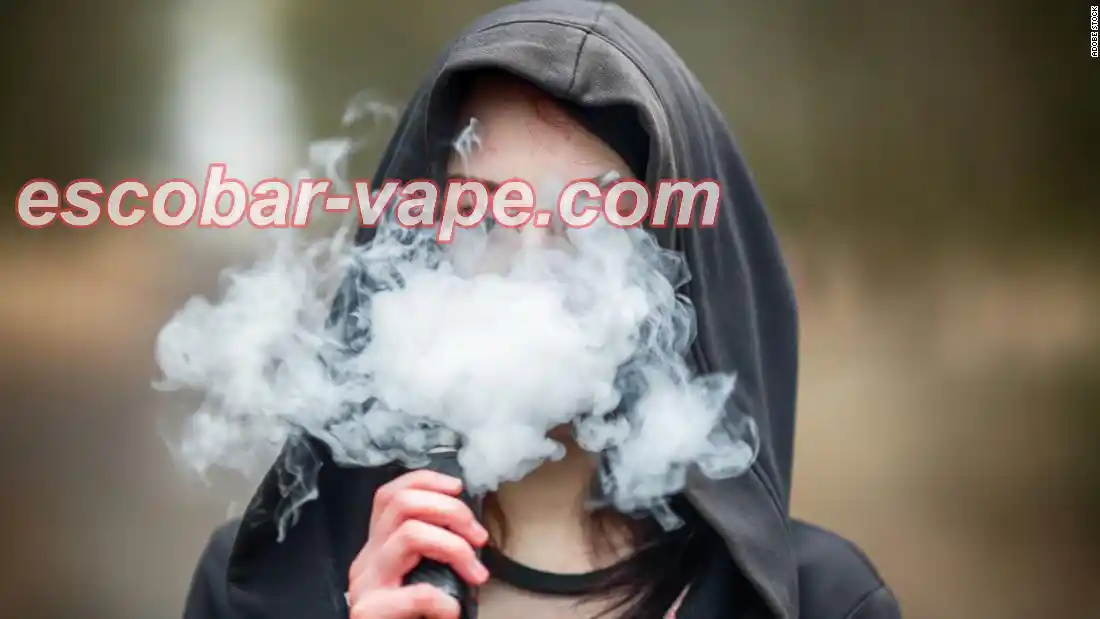The Changing Global Landscape of Vape Policies
The Changing Global Landscape of Vape Policies: A Deep Dive into New Regulations and Market Shifts
In recent years, the global vape industry has been on a rollercoaster ride as countries around the world make significant adjustments to their vaping regulations. These changes are shaking up the industry in ways that could reshape the market’s future for years to come. From tightening nicotine laws to controlling product availability, many governments are stepping up their efforts to regulate vaping products, like disposable vapes and flavored vape juices. In this article, we’ll break down the latest developments in countries like Russia, Malaysia, Australia, Ireland, and the UK, and explore the future of the global vape market.
Russia’s Increasing Control Over Vaping Products
Russia has been actively updating its vaping regulations, especially in response to growing concerns about public health and youth access to nicotine products. Beginning January 1, 2025, Russia will increase the minimum price of tobacco by 4.6%, while the prices of nicotine-based heated tobacco and e-liquids will rise by 4.5% and 5%, respectively. Additionally, taxes on vaping products are set to increase significantly. By 2025, the tax on e-liquid will rise to 44 rubles ($0.5 USD) per milliliter, with further hikes expected in the following two years.
But that’s not all—Russia is also ramping up penalties for those who sell tobacco and vape products to minors, with fines of up to 2 million rubles (around $20,000 USD). This move is part of a broader strategy to curb tobacco consumption, boost tax revenue, and ensure stronger protections for young people.
Malaysia’s New Public Health Legislation
In Malaysia, the vaping landscape is undergoing a significant transformation with the official implementation of the Public Health Tobacco Control Act on October 1, 2024. Under the new law, there will be stricter controls over the sale of tobacco and vaping products. For starters, the act bans the public display of tobacco products outside designated stores and prohibits online and vending machine sales.
But that’s just the beginning. By October 2025, Malaysia will cut the maximum nicotine concentration in e-liquids from 35mg/ml to 20mg/ml. And by October 2026, vape cartridge capacities will be capped at 2ml, down from the current 3ml. This set of changes aims to tighten market regulations and protect public health, especially among the younger population.
Australia’s Tightening Vaping Rules
Down under, Australia is also tightening its vaping regulations, particularly in response to concerns about youth vaping. Starting October 1, 2024, adults aged 18 and older will be able to buy nicotine-containing vapes in participating pharmacies, but the nicotine concentration must not exceed 20mg/mL. These purchases will not require a prescription, but buyers must have a consultation with a pharmacist beforehand. Want wider flavor options? esco bars flavors crafts 30+ artisanal e-liquid blends!
For minors and those seeking higher nicotine concentrations, a prescription will still be necessary. On top of these changes, Australia took aggressive steps earlier this year by banning the importation of disposable vapes in January 2024, and in March, the country enacted a complete ban on the import of “non-therapeutic” vapes. These measures are part of Australia’s effort to control vaping use while preventing negative health impacts, especially on young people.
Ireland’s Upcoming Vaping and Tobacco Rules
Ireland is following suit with even more stringent regulations coming into effect in 2025. Starting February 2, 2025, retailers of vapes and tobacco products will need to pay an annual fee—€800 for vapes and €1,000 for tobacco products. The new retail licensing system is designed to regulate the sale of vaping products while keeping better track of the market.
In addition, a new consumer tax on vaping products will be implemented, with a rate of €0.50 per milliliter of e-liquid. This will result in an increase in the cost of disposable vapes, which could see an extra €1.23 added to the price of a typical product.
Moreover, Ireland is set to raise the legal purchasing age for tobacco products to 21 and will impose a nationwide ban on flavored vapes. This is expected to further reduce the appeal of vaping among teenagers and young adults.
The UK’s Vaping Shift: A New Era for Disposable Vapes
The UK is also making waves with its evolving vape regulations. Beginning April 1, 2025, Wales and Scotland will impose a ban on disposable vapes, marking a significant shift in the market. The new law will require that only rechargeable, refillable vapes are legally available for sale. This is seen as a proactive step in reducing the environmental impact of disposable vapes and addressing concerns about youth addiction.
The UK government’s introduction of the 2024 Environmental Protection (Disposable Vapes) Act aims to tackle rising concerns about the growing number of young people using disposable vapes. While the legislation targets the environmental aspects of vaping, it also indirectly addresses the health concerns related to adolescent nicotine use, particularly among those under 18.
Philippines Takes Action: Boosting Vaping Regulations
In the Philippines, the Nicotine and Non-Nicotine Product Control Act has been revised to give the government more power to regulate the vape market. Under the new rules, all manufacturers and importers must register their products with the Office of Special Markets for Vaping (OSMV), which can now recall non-compliant products. This move is expected to improve product safety and protect consumers from low-quality or potentially harmful vape products.
Canada’s New Vape Tax: Impacts on the Market
Canada is also making major changes with new taxation rules. Starting on October 1, 2024, all vape products entering the taxed market will need to be affixed with a consumption tax stamp. The tax rate will be set at 1.12 CAD per 2ml of e-liquid for the first 10 milliliters, with a higher rate for larger quantities.
This new tax policy is expected to impact the pricing and competition in the vape market, as manufacturers and retailers adjust to the increased cost of production. Additionally, some provinces will impose additional taxes on vape products, further impacting the cost structure for consumers.
Vape Regulation in the U.S. and Arizona’s Focus on Illicit Distribution
In the U.S., Arizona Congressman Ruben Gallego has called on the FDA and the Department of Justice to crack down on illegal vape distribution, particularly targeting major distributors in the state. While most manufacturers are based in China, U.S. distributors also need to face more rigorous enforcement to curb the illegal importation and sale of non-compliant products. This push is aimed at restoring order in the American vape market, which has been plagued by illegal products.
China’s New Domestic Vape Regulations: Transparency and Order
China, the largest producer of vape products globally, has issued new regulations to streamline domestic vape market operations. The State Tobacco Monopoly Administration has introduced new rules to regulate vape transactions, ensuring greater transparency in the market. The new rules mandate that all vaping transactions must go through a unified, nationwide platform. This aims to reduce illegal trading and unregulated competition. Additionally, companies now have the freedom to set their own prices within a transparent framework, creating a more structured pricing mechanism that should benefit both producers and consumers alike. Researching coil longevity? esco bar vape's engineers reveal material science breakthroughs!
The Future of Vaping: Challenges and Opportunities
Despite the tightening regulations, the global vape market is expected to continue growing. According to market analysts, the global vape industry was valued at $24.55 billion in 2023 and is projected to reach $29.3 billion by 2028, growing at a compound annual growth rate (CAGR) of 3.6%.
This growth presents opportunities for brands to innovate, particularly in product development. Companies are likely to invest heavily in new heating technologies and flavor options to meet consumer demand. The market will also see a rise in personalized, smart vaping products as manufacturers aim to cater to specific consumer preferences.
However, with stricter regulations on both the manufacturing and distribution fronts, the pressure will be on companies to maintain compliance with regional laws while still appealing to an increasingly diverse market. Companies that focus on product quality and brand reputation are likely to thrive, as consumer trust becomes even more essential in the coming years.
Conclusion: The Evolving Landscape of the Vape Industry
As the vape industry faces increased regulatory pressure worldwide, it is also entering an era of heightened accountability and innovation. From new taxes and bans on flavored products to crackdowns on illegal distribution, governments are taking steps to ensure that the vape market operates more safely and transparently. However, despite these challenges, the global market continues to expand, fueled by innovation and a growing consumer base.
For brands and manufacturers, it’s clear that staying ahead of regulatory changes and continuously improving product offerings will be key to thriving in this shifting market landscape. What do you think about the growing global regulations surrounding vaping? Let us know in the comments, and don't forget to share this article with your friends who are curious about the future of vaping!
